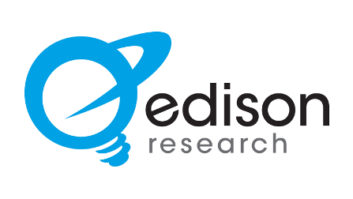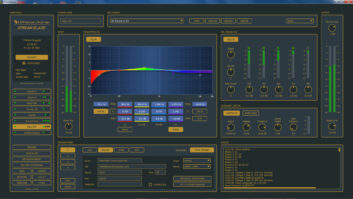
Devices used for music listening in a typical week.
Perhaps it is another example of the High Tech/High Touch concept popularized in 1999 by writer and futurist John Naisbitt, but the 2017 Music 360 Report from Nielsen Research states that consumption of music is up in 2017, and we have technology to thank for it.
According to Nielsen, Americans spent on average a little over 32 hours a week in 2017 listening to music. That’s an increase of 5.5 hours when compared to last year. The reason, Nielsen says, is technology. New devices enable consumers to maintain a seamless flow of music where ever they go. The top devices for tuning in the tunes at home are smartphones, laptops and tablets. Radio is still number one in the car. But technology doesn’t stand still for long, and Nielsen’s survey anticipates even more changes.
While Nielsen says voice-controlled devices such as Amazon Alexa make up just over 5% of devices used for music listening in a typical week — that number is expected to increase. This is also true for the percentage for specialized headphones, which today make up nearly 10%.
Music listeners use an average of 3.4 devices in a typical week to engage with music (teens and millennials average 3.8), according to Nielsen. Those who currently pay for streaming services use an average of 4.8, while weekly AM/FM radio streamers use an average of 5.5.
The survey found that it’s not just the number of devices that are used, but the way they’re used that is significant. Listening to music is becoming a more personalized experience. That happens, says Nielsen, largely through playlist creation, choice of listening device and the management of what is shared across social media channels. Nielsen’s numbers suggest that 58% of listeners create their own playlists, while 32% share playlists with others, up from 24% in 2016.
Naisbitt claimed that the two biggest markets in the United States are consumer technology and escape from consumer technology. If that is the case, we might anticipate that this increased use of technology has been accompanied by an equally robust market for sales of digital music and online music services.












